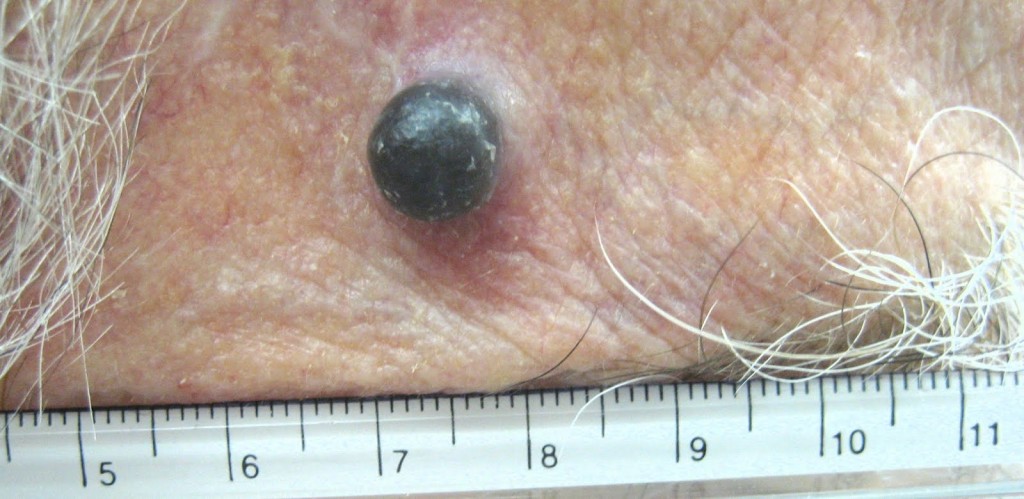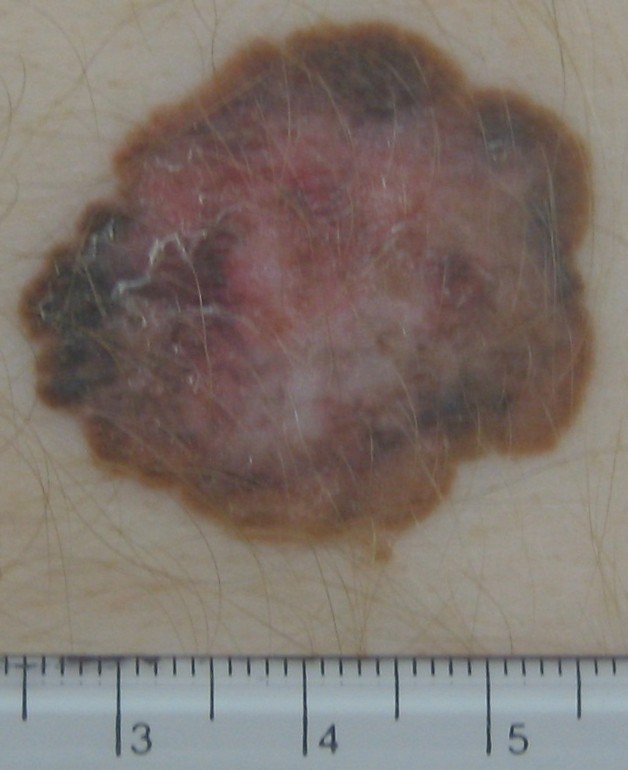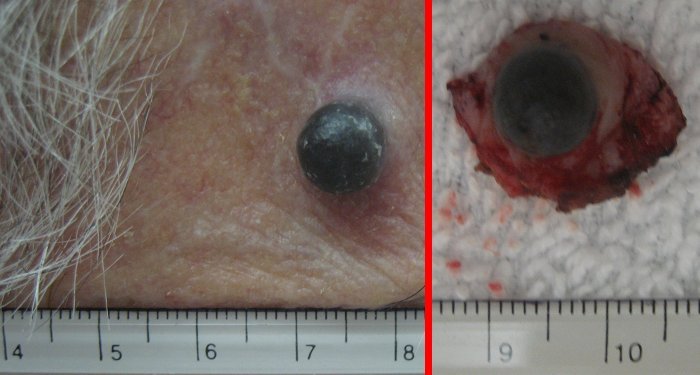The other day a gentleman asked me, “Doctor B, I have a mole. Do you think I have melanoma?” I didn’t think he had a mole. I thought it was a skin tag. He said, “OK doc, tell me what does a mole look like and when should I worry about it.”
Defining a mole is not easy. People use the word very loosely to describe any blemish on the skin as a mole.
The majority of moles appear during the first two decades of a person’s life, with about one in every 100 babies being born with moles. Acquired moles are a form of benign new growths, while congenital moles, or congenital nevi, are considered a minor malformation and may be at a higher risk for melanoma. Moles are also known as nevi. Most of them have no malignant potential. But real moles and sunburns have a potential to become cancerous.
Real moles are skin growths that are usually brown or black. During sun exposure, teenage years and pregnancy, these cells multiply and become darker. They can be anywhere on the skin, alone or in clusters. Most moles appear in early childhood and by the age of 20, one can have anywhere between 10 to 50 or more moles. Some moles may appear later in life.
Most moles are benign. The only moles that are of medical concern are those that look different than other existing moles or those that first appear after age 20. If you notice changes in a mole’s colour, height, size or shape, you should have these moles checked. If the moles bleed, ooze, itch, appear scaly or become tender or painful then it is time to have them removed and checked for cancer.
The following ABCDEs are important signs of moles that could be cancerous:
- Asymmetry – one half of the mole does not match the other half.
- Border – the border or edges of the mole are ragged, blurred or irregular.
- Colour – the colour of the mole is not the same throughout or has shades of tan, brown, black, blue, white or red.
- Diameter – the diameter of a mole is six millimetres or larger.
- Evolution – are the moles changing over time?
Melanoma is one of the three common skin cancers. The other two are basal cell carcinoma and squamous cell carcinoma. Melanoma is the most serious form of skin cancer. If diagnosed and removed early then the cure rate can be excellent. Once the cancer advances and spreads to other parts of the body, it is hard to treat.
Does melanoma occur in children? Yes, approximately two per cent of melanomas occur in patients under the age of 20 years and about 0.4 per cent of melanomas occur in pre-pubertal children.
We can reduce the risk of skin cancer by protecting against sun exposure and sunburn. Natural protection (shade) is considered the best protection. And sunscreen (SPF 15 or higher) should be adjunct to natural protection. Wear sun protective clothing. Wear wide brim hats. And use eyeglasses that block both UVA and UVB light.
Start reading the preview of my book A Doctor's Journey for free on Amazon. Available on Kindle for $2.99!






